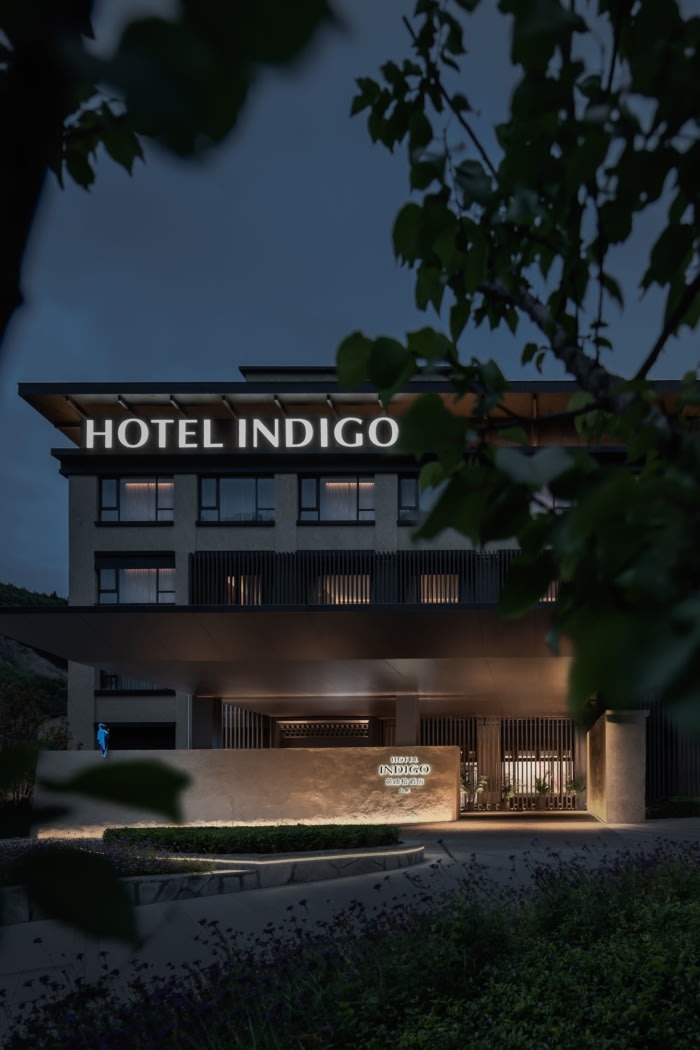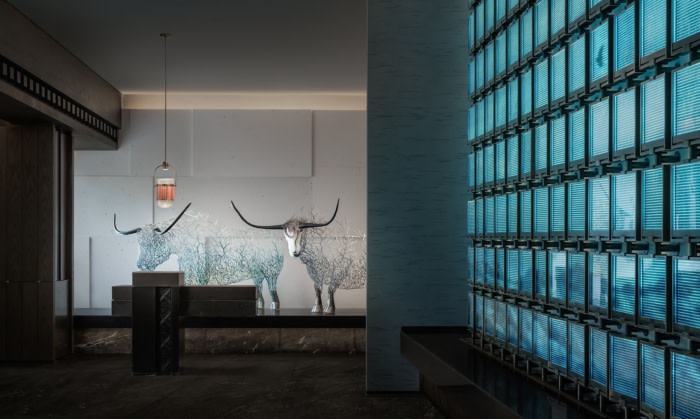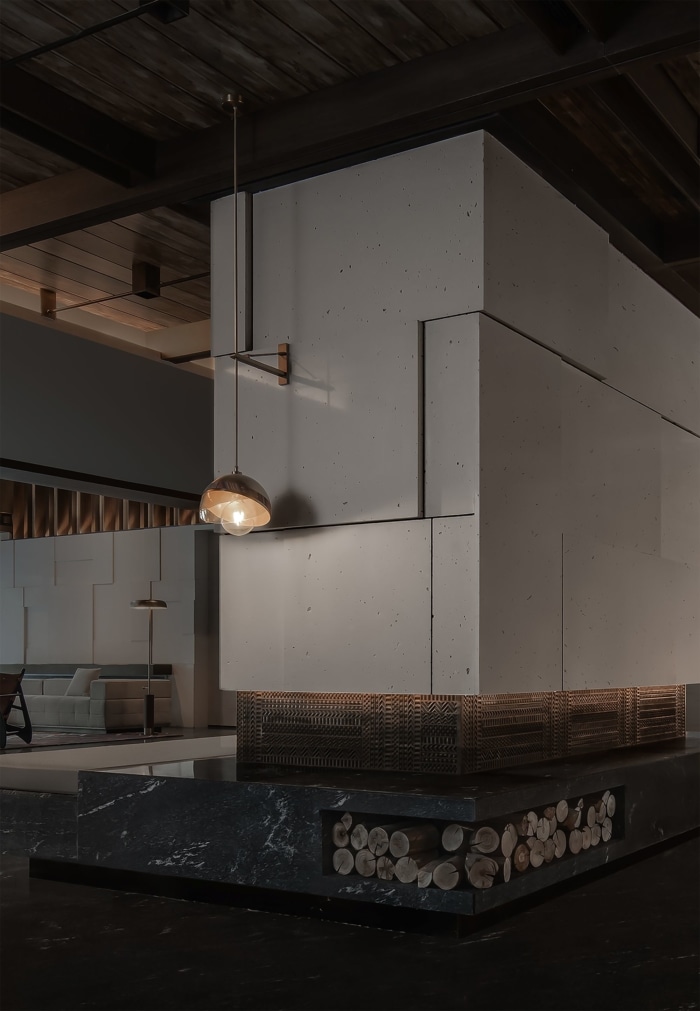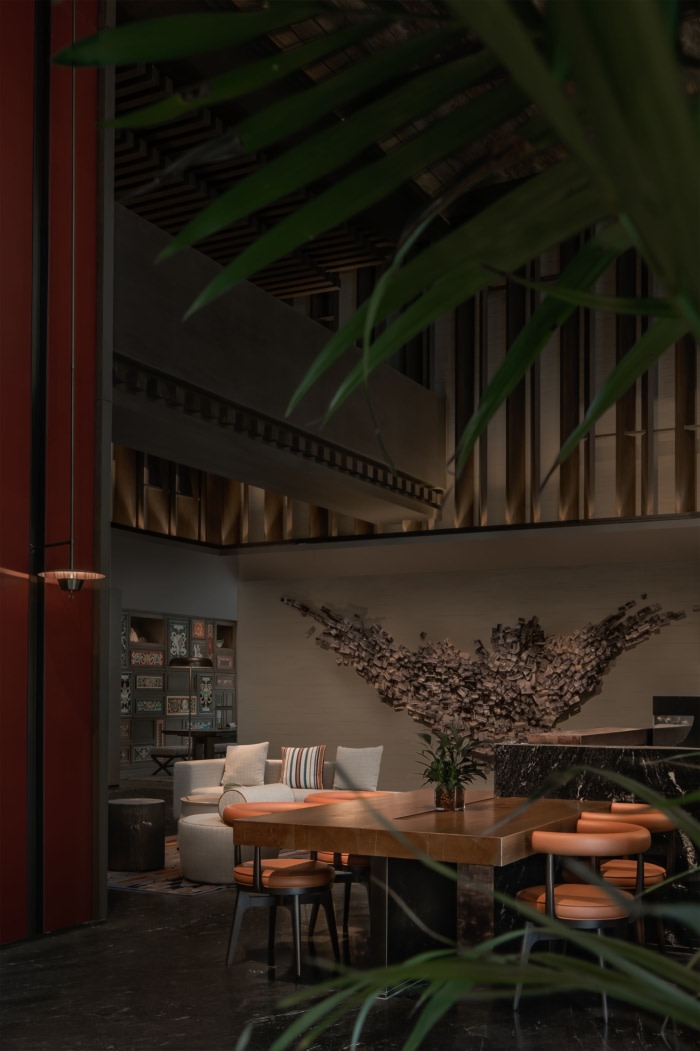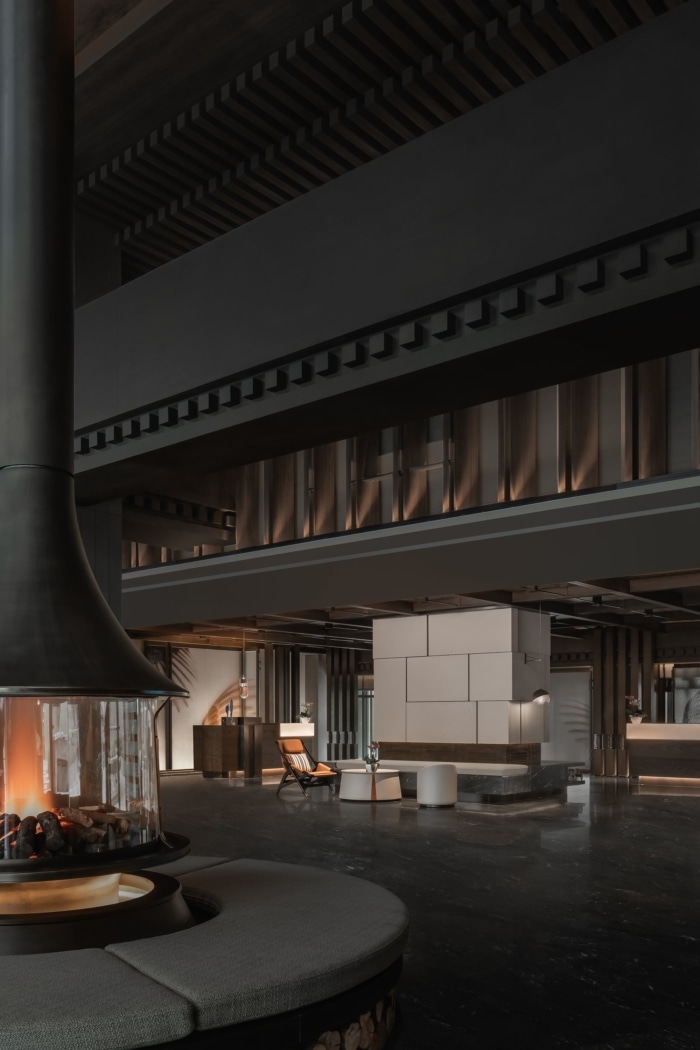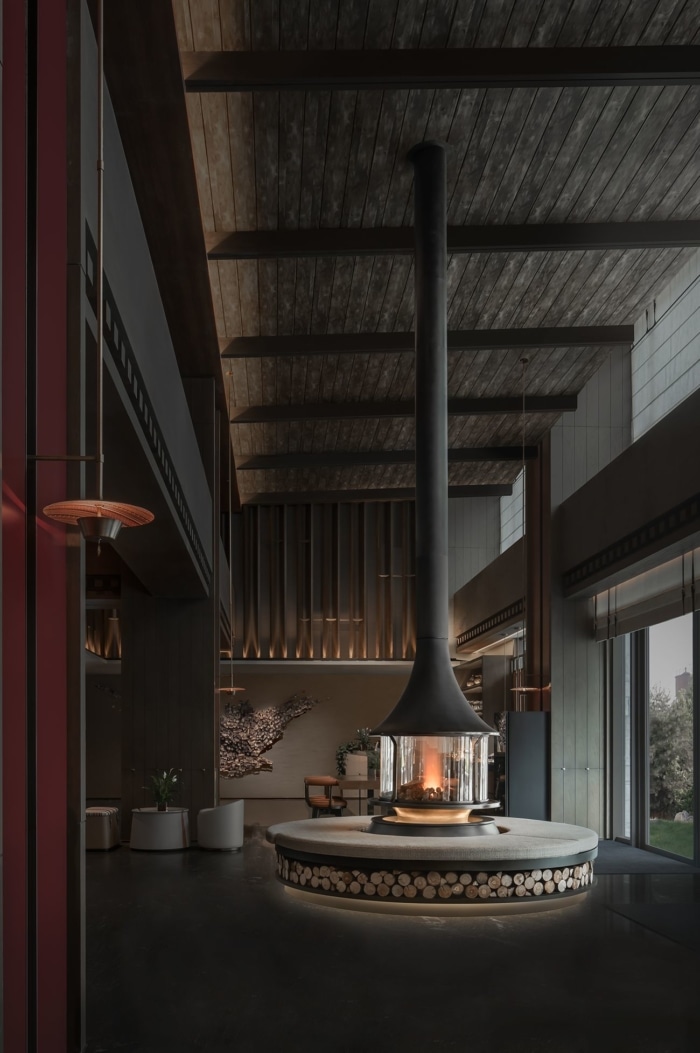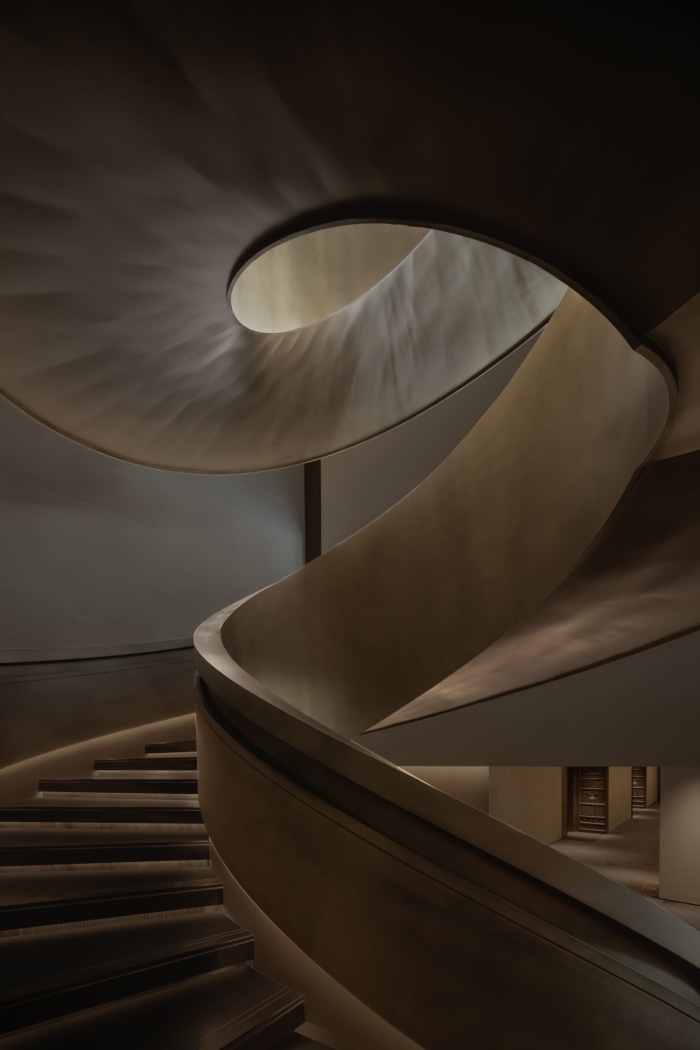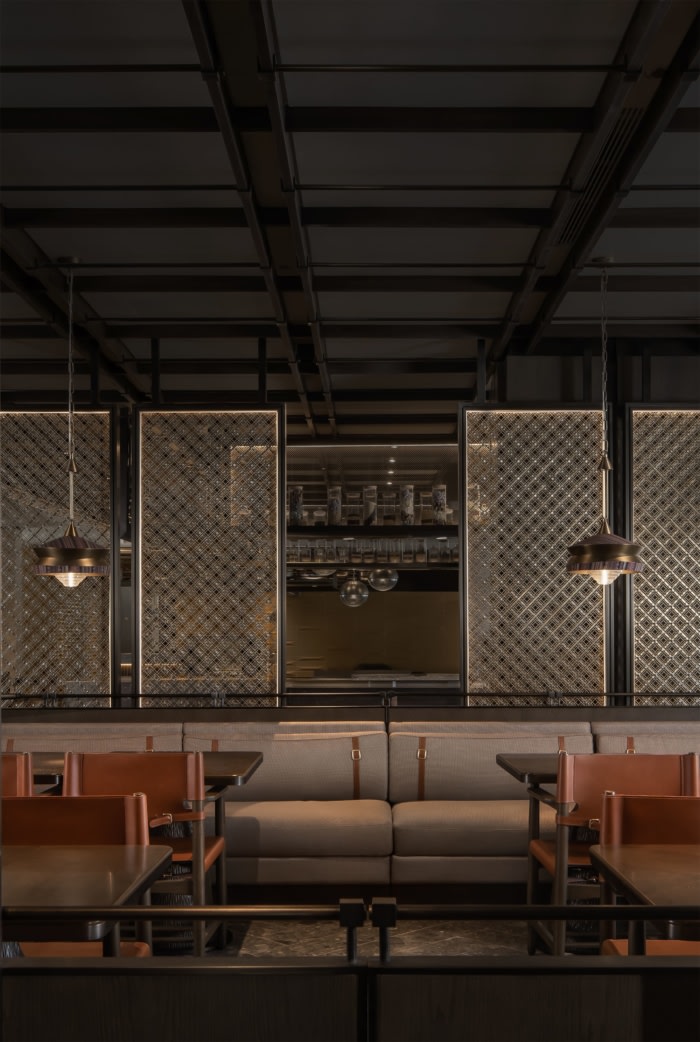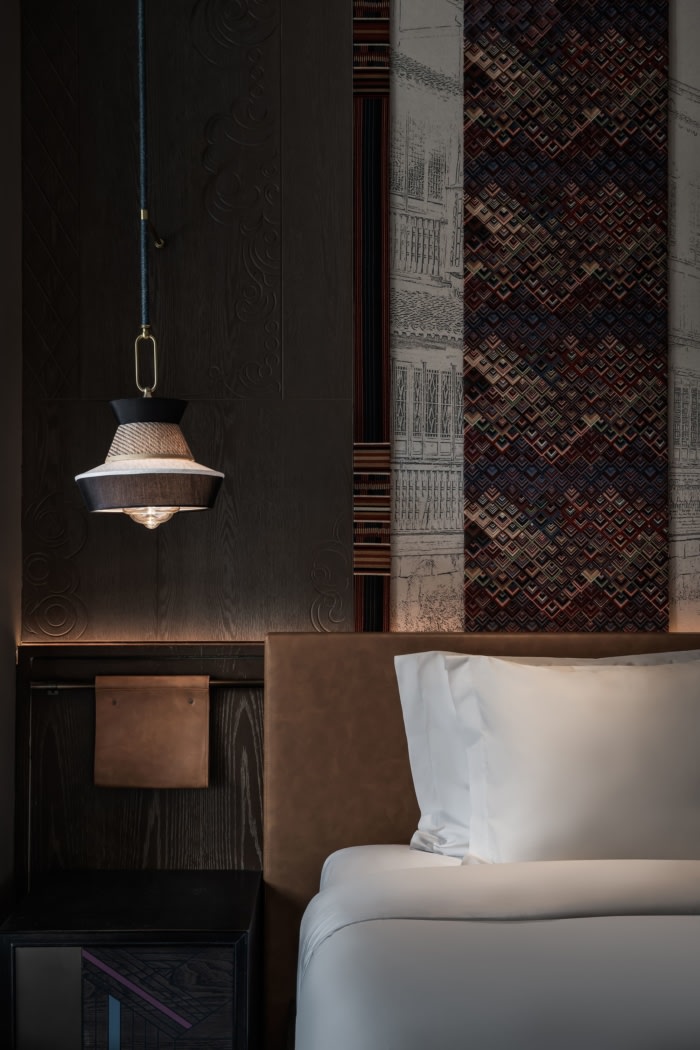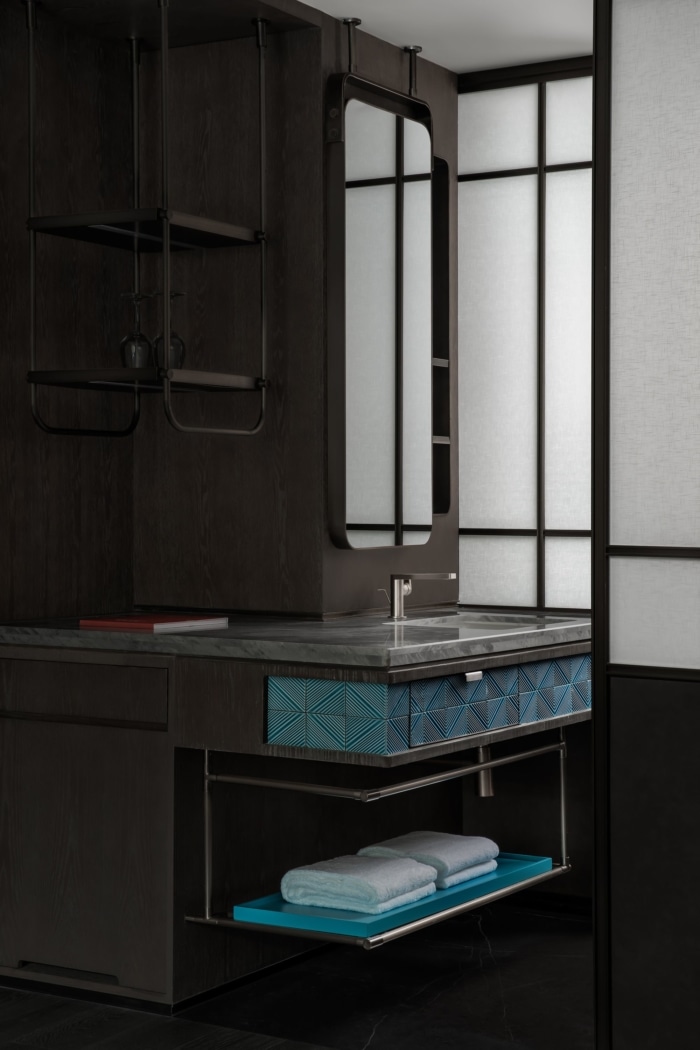Hotel Indigo Jiuzhai
CCD/Cheng Chung Design merged whimsical, dramatic, moody, and elegant at the stunning Hotel Indigo Jiuzhai, showcasing the views of the valley.
“Zhongcha” is a transliteration of its Tibetan name, which means “the place where the divine eagle flies down”. A legend goes that the huge divine eagle ridden by King Gesar soared into the air looking for a place to perch, but only the God of Baijian Mountain was strong enough to bear the its weight. As a result, the divine eagle fell down here for a rest, and this place hence got its name.
Hotel Indigo Jiuzhai is situated in the heart of the tourism complex Luneng BC in Zhongcha Valley, close to Jiuzhai Valley, Fairy Pool and many other intoxicating scenic areas. Taking “Tibetan Collection” as the theme, CCD extracts unique elements from local lifestyle and art, such as woodcut print, Qiang embroidery, yak and fire pit, and meanwhile gives a new interpretation of Tibetan lifestyle and Indigo’s concept of offering neighborhood experience through elaborate designs.
Immersive Wonderland
Dream “perches”, “grows” and “flies” here, a place where the mythical eagle lands.
The perching of the divine eagle carries people’s yearning for strength, happiness and all good things, and the beautiful legend embodies the extraordinary imagination as well as the simple, faithful belief of generations living here. Distinct from bustling cities, Zhongcha Valley remains tranquil and simple, awash with charming, peaceful countryside sceneries. Here, Hotel Indigo, which pursues to be part of the neighborhood, has become a medium that tells the legend.
The hotel’s interior, incorporated with many local Tibetan elements, is like an open museum collecting Tibetan cultural heritages. Artworks in the form of yak and eagle showcase local typical cultural elements, carrying a sense of cohesion and identity of local ethnic people.
The design of lobby simulates the viewing angle of the divine eagle. The higher the divine eagle flies, the higher the lobby’s ceiling tends to be. As walking inside, the guests’ view gradually broadens. The reception desk is hidden behind the right side of the fire pit. The wings of eagle on its glazing backdrop wall evoke infinite imagination.
Tibetan Civilization
Traditional Tibetan painting art, including Thang-ga (religious scroll paintings mounted on colorful satin for worship) and murals, is famous both at home and abroad for delicate drawing techniques and gorgeous hues. It has distinct ethnic characteristics, strong religious overtones and unique artistic style. The bookcase, which connects with the lounge, is accented by woodcut prints that draw on the strong colors of traditional Thang-ga. Books take guests to immerse in their pure inner world.
The restaurant provides a pleasant place for the guests to chat with friends whilst enjoying Tibetan delicacies such as buttered tea, yak meat and zanba (a Tibetan food made from roasted barley flour). Unlike the ritual Lhasa Pilgrimage, daily life here is simple, ordinary. The local scene of highland barley hanging on racks in autumn is translated into wall decorations, adding fun to the space.
Tibetan Characteristics
In the mysterious valley concealed in mountains lives the magical Tibetan ethnic minority, who was led by the divine eagle and has been thriving here for generations with ancient Tibetan culture. They fall into dreams in a mountainous environment at starry night, dwell in houses made of stones, earth and timber, eat highland barley, and wear costumes made of furs. The distinctive customs of their everyday life handed down from generation to generation are treasures.
Drawing inspiration from the habitat of the divine eagle, CCD fuses elements of traditional Tibetan aristocratic mansions into guestrooms through modern design techniques, subtly expressing Amdo region’s Tibetan culture. The asymmetrical backdrop behind the headboard is decorated with local unique ethnic patterns in the form of Qiang embroidery and Tibetan Thang-ga paintings, echoing wood carvings, brocades and murals in the room.
Design: CCD/Cheng Chung Design
Photography: Wang Ting


